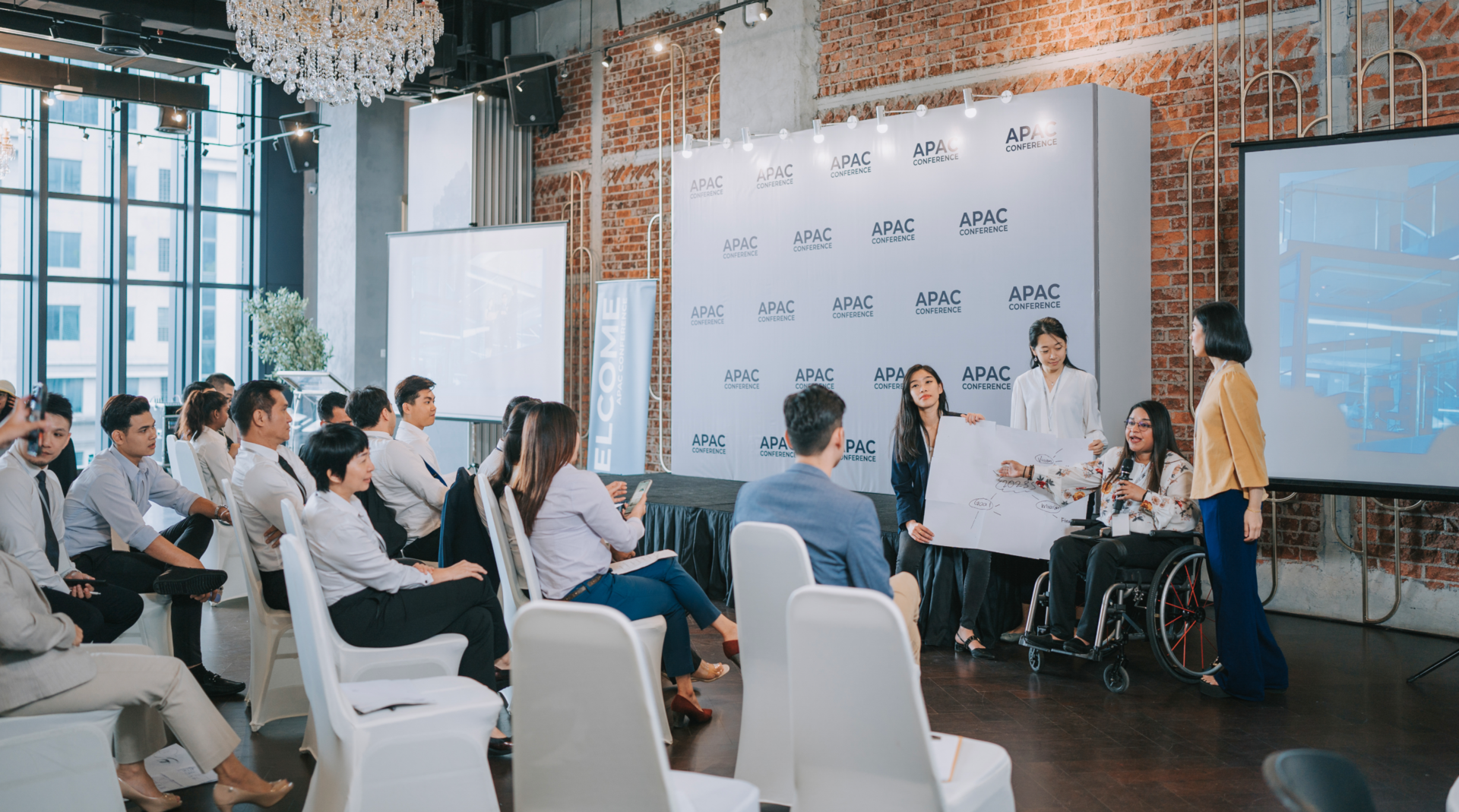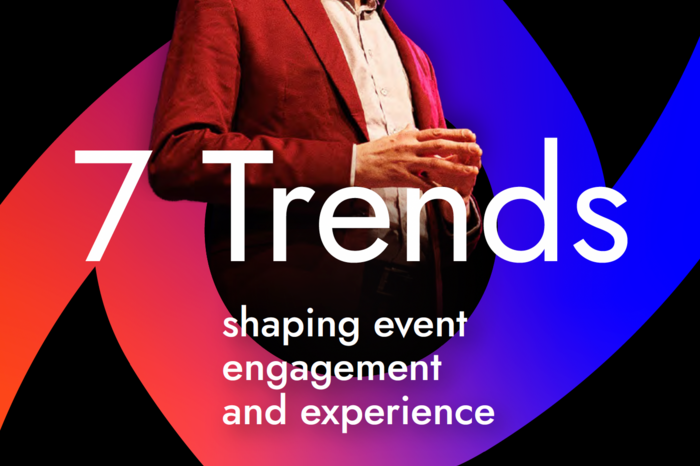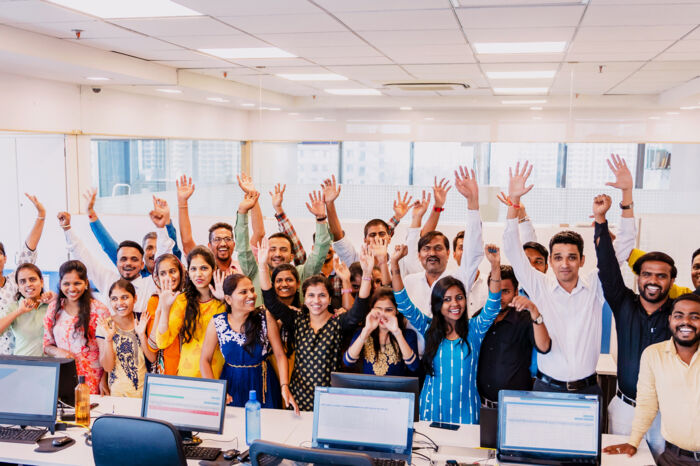
Step 3: Create a schedule
Planning event communications around a schedule of relevant timing and distribution channels is key to a successful strategy. Once you have the key messages and stakeholder profiles, you should make a list of all the content that needs to be distributed, relevant audiences and deadlines.
A substantial amount of content can be scheduled prior to the event. In fact, some of this content is paramount in promoting the event, ensuring ticket sales, and maintaining sponsors, speakers, and other interested parties.
Pre-event engagement
These include announcing the event and content about the benefits of attending. Include:
- Date of the event and location.
- Speakers or interpreters: the carefully selected programme is a key drawcard for potential attendees. Feature speakers or artists, and include professional photos and brief biographies.
- Agenda: For business events, this can be a preview of what's on the agenda: highlighting sessions, broadcasts, workshops and social activities.
- Ticket sales opening: Inform potential attendees that they can purchase tickets. Offer an early discount to encourage early adoption.
- Basic event details: Include information such as registration times, what is included in the rate, whether they need to book in for additional sessions or social functions, etc.
- Event apps: Inform potential attendees about the event app, why they should download it and how to do so.
Engagement during the event
During the event, communications will be a mix of planned and ad hoc messaging. By scheduling planned content in advance and having a clear strategy for ad hoc messaging, you will manage event communications successfully.
Here are some examples of planned and ad hoc messages that may need to be considered during the event:
- Planned: daily welcome and closing messages, feedback calls, sponsorship messages, transportation information.
- Ad hoc: weather forecasts, changes to scheduled sessions, lost property, ticket sales for additional sessions/shoots/workshops.
- Lead by example to encourage attendees and other stakeholders to share content on social pages with your hashtag and in the event app. Generating discussions and posting images of the event preparation will generate enthusiasm. By establishing a welcoming social environment, you will create a means for your attendees to network and socialise.
Post event engagement
The event is over, but we must not forget to send this tracking information shortly after the event. Thank the sponsors and others involved in making the event happen.
Provide web-based access to speaker presentations and other materials. Share images and tag people in them if applicable. Gather all the data and feedback to start planning for next year.

Step 4: Choose channels that work for your stakeholders
Now that you have a list, apply the content to the distribution channels: email, website, social media pages and the event app.
Event website
The event website is the basis of event promotion. It is where ticket sales will be conducted. Create a landing page with highlights and unique selling points that communicate to your target audience why they should attend. Maintain it with clear calls to action and we must ensure that the exit process is perfect. Monitor new subscriptions every day to measure where the traffic is coming from and collect any other information that can streamline the process.
Social media
Choose social networks and what content to share on each one. Facebook is great for creating dedicated event pages and targeting audiences through paid promotions. LinkedIn is perfect for B2B and networking events. Create an event hashtag and make sure it is in all bios. Encourage speakers, artists, exhibitors and sponsors to use it as well.
Email marketing
A great email campaign can help drive ticket sales and distribute important information to attendees. Emails should emulate the look and feel of the event brand.
Event app or SMS
Instant notifications through the event app or via SMS messages can be used to direct users to more information or simply act as an announcement or reminder. These can be sent instantly or queued in advance to be sent in the coming days or weeks. These types of notifications can be more disruptive than other channels, so we must ensure that it is only for important content.
Personalise engagement
To go a step further, target stakeholders with personalised content relevant to them. Consider how event registration data could be used to improve the functionality of each attendee or group. An example of custom content is creating unique surveys for exhibitors, attendees, sponsors and speakers.

Step 5: Measurements and feedback circuit
Don't wait too long to ask for feedback. A great way to collect feedback is through the event app. Send a notification after closing with a link to a feedback form in the app or send an email with some post-event questions to refresh their memory while it's new in their minds.
Have a clear loop for accepting and responding to feedback to ensure that information is documented and analysed and that the stakeholder who gave the feedback receives a response. To measure results, we must choose metrics that will help you decide whether your original objectives were met.
Metrics could include:
- Email open rates and website views.
- Media exposure.
- Quantity and quality of comments after the event.
Remember that effective communication involves giving and receiving information. A clear deployment and time frame will help set expectations for everyone involved. With the strategy in place, we can focus on organising the event with the peace of mind that important information is distributed to interested parties when they need it.
MCI specialises in engagement marketing. Contact us now to find out how we can help increase engagement at your event.




